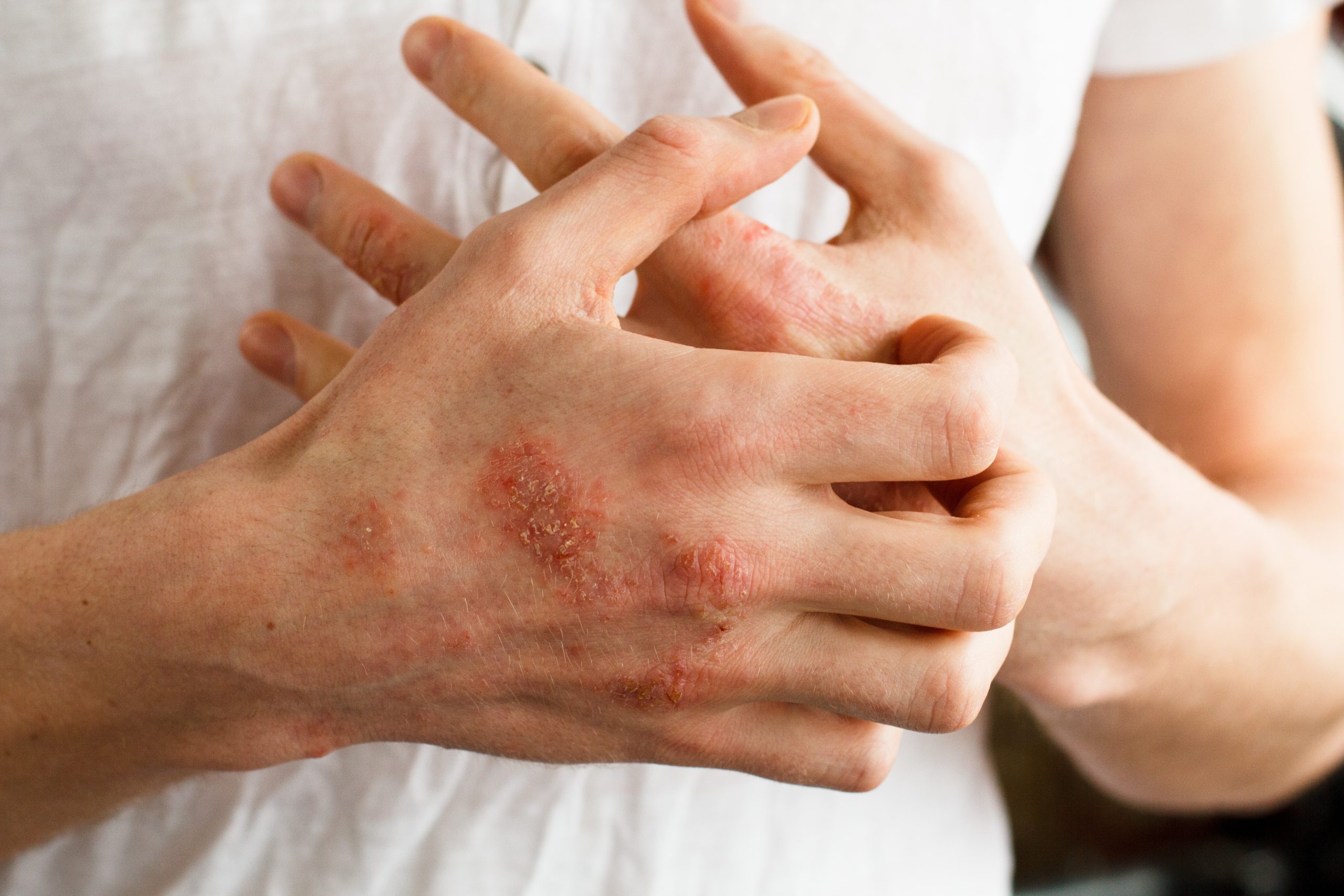The Science behind Lateral Flow Devices
Lateral Flow Devices (LFDs) have become synonymous with COVID-19. LFDs, also known as lateral flow immunochromatographic assays or rapid tests, are simple devices intended to detect the presence of a target substance in a liquid sample – without the need for specialized and costly equipment. These tests are widely used in medical diagnostics for point of care testing, home testing or laboratory use. Lateral Flow assays have played a critical role in COVID-19 testing due to the benefit of delivering a result in 15-20 minutes. The systematic evaluation of the tests during the pandemic was initiated at Oxford University as part of a UK collaboration with Public Health England.
Have you ever wondered how the science behind lateral flow testing works?
LFDs operate on the principle of affinity chromatography (a method of separating a biomolecule from a mixture) as the enzyme-linked immunosorbent assays (ELISA). Ultimately, these tests run the liquid sample along the surface of a paid with reactive molecules that show a visual positive or negative result. The nitrocellulose strip is typically housed in a plastic casing with an opening where the sample and reagents are applied.
A positive control antigen is placed on the strip so that it is encountered after the test antigen to confirm that the sample has diffused a sufficient distance to interact with the test antigen. The sample is applied at one end of the strip and any antibodies present diffuse along it until they reach the position where the appropriate antigen is immobilized. Antibodies specific for the antigen bind and remain at the site of the antigen and are visualized using label detection antibody. Simply speaking, inside the test device is a strip of test paper that changes colour in the presence of COVID-19 proteins (antigens).
Lateral flow devices can operate as either competitive or sandwich assays.
Sandwich assays – a positive test is represented by the presence of a colored line at the test line position
Competitive assays – a positive test is represented by the absence of a colored line at the test line position

The points below demonstrate how a sandwich assay works:
- The sample pad acts as the first stage of the absorption process
- The conjugate pad, which stores the conjugated labels and antibodies will receive the sample.
- In the event of the target being present, the immobilized conjugated antibodies and labels will bind to the target and continue to migrate along the test
- As the sample moves along the device, the binding reagents situated on the nitrocellulose membrane will bind to the target at the test line.
- A colored line will form, and the density of the line will vary depending on the quantity of the target present.

Positive results from rapid tests are typically highly accurate. False positives and negatives are unfortunately a possibility, so we recommend that results may need to be followed up with a standard PCR test to confirm. This is especially true if you’re experiencing symptoms of COVID-19 but have received a negative test result.
Check out our Lateral Flow Testing page here or speak to one of our technical experts if you have any questions.




